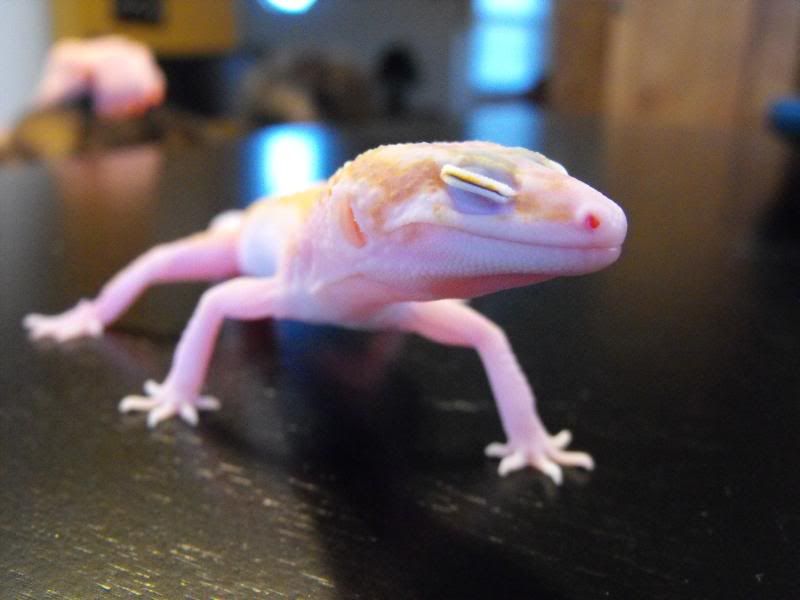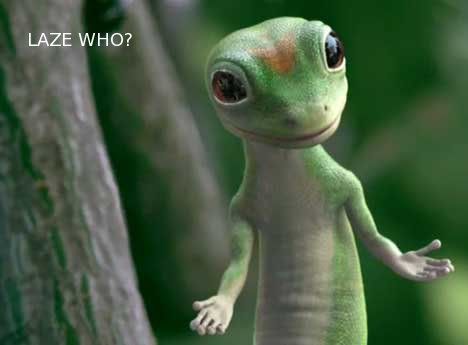- Joined
- Oct 24, 2009
- Messages
- 2,738
- Points
- 63
A bearded dragon, AKA beardie

Follow along with the video below to see how to install our site as a web app on your home screen.
Note: This feature may not be available in some browsers.




That is one young Gecko, right?


Wicked, but I like Geckos betterThat is a gecko, I stole the picture from my forum.
here is 2 beardies....


I vote a ban or something


Look it up on Wiki, it mentions the Van der Waals as probable cause of Geckos abilities.
I don't know what to tell ya, I am not much experienced nor knowledgeable of the subject. Sorry.
Abstract said:Geckos (Gekko gecko) have evolved elaborate adhesive structures which allow them to move along vertical walls and ceilings against their body weight. There is strong evidence that the adhesion ability of geckos is due to the van der Waals interaction between a contacting surface and hundreds of thousands of keratinous hairs or setae on the gecko’s foot; each seta is 30–130 μm long and contains hundreds of 200–500 nm projections or spatulae. While contact mechanics suggests that the refinement of structure size results in greater adhesive strength, some important questions remain unsolved: What is the significance of nanometer length scale for adhesion? What is the optimum adhesive strength of a structure? How can a structure optimized for attachment simultaneously allow easy detachment, as reversible adhesion is crucial for the animal’s movement? In this paper, we show that the nanometer range of the spatula size of geckos may have evolved to optimize the adhesive strength and maximum tolerance of imperfect adhesion (for robustness). Our analysis also indicates that the asymmetrical structure of the gecko’s seta structure may have been designed to simultaneously allow robust attachment and easy detachment.

